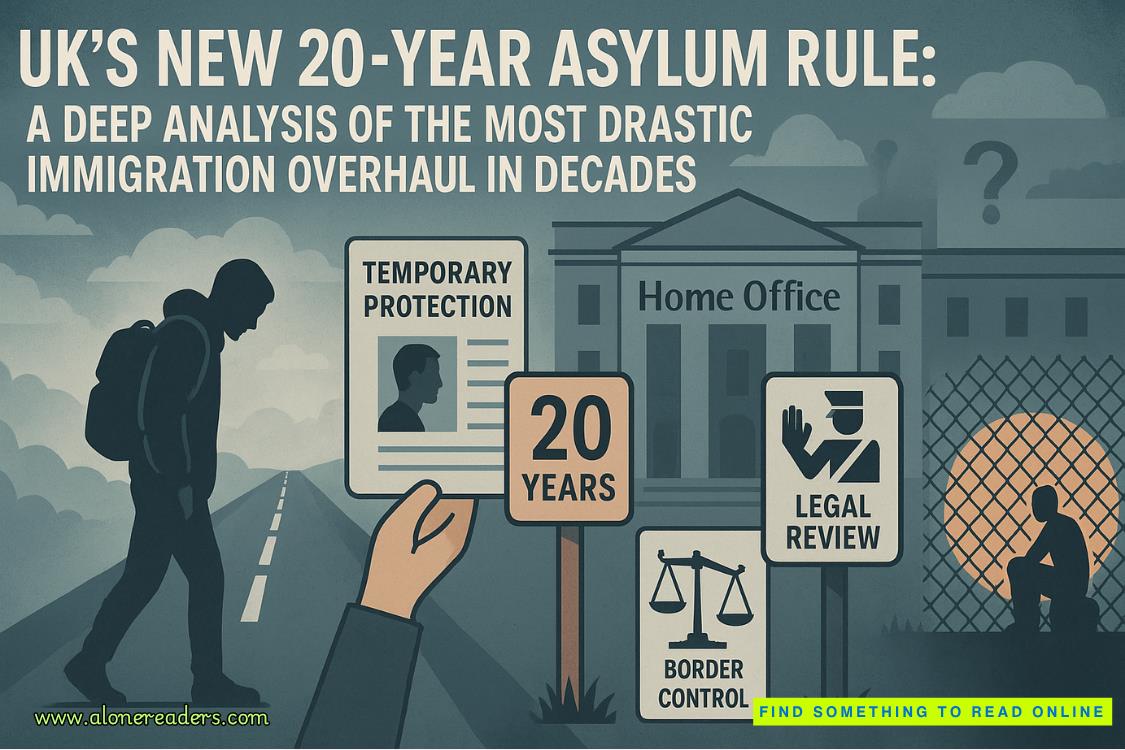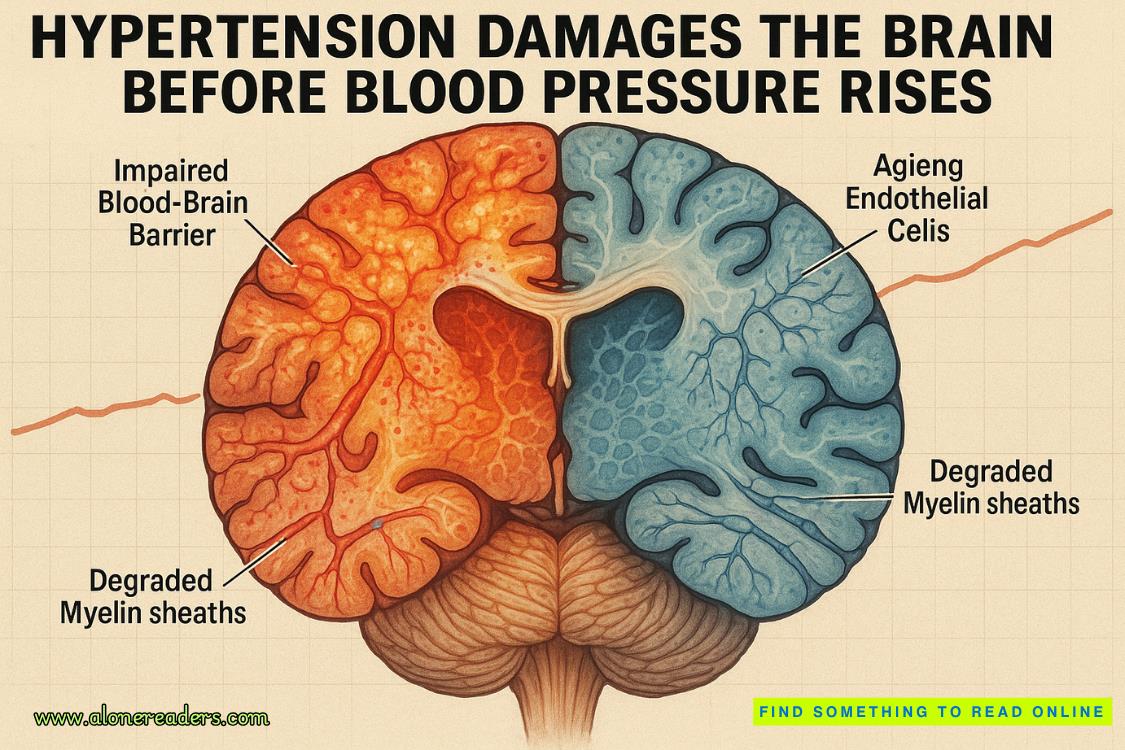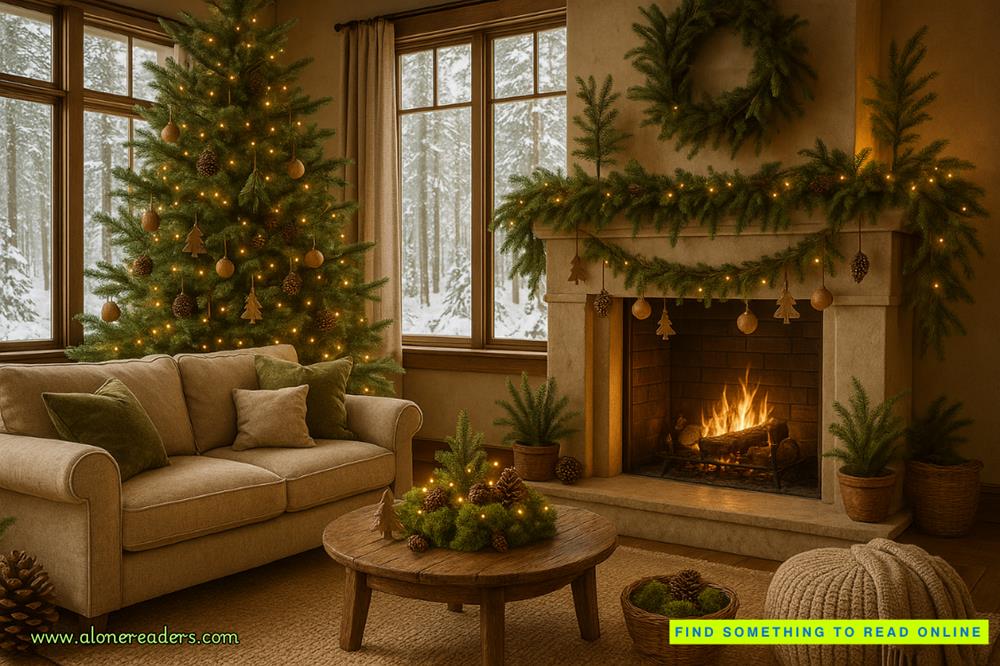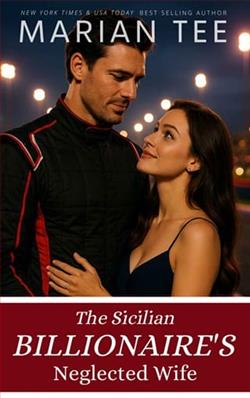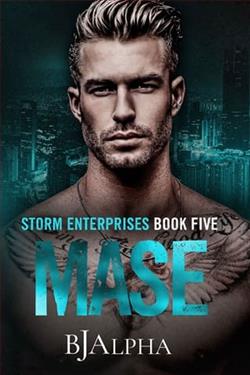Page 22 of The Girl Before
Detective Inspector James Clarke said, “We had a number of potential leads, which at one point did lead to an arrest. However, it was felt by the Crown Prosecution Service that there was insufficient evidence to show Emma died unlawfully. We will of course continue to investigate this unexplained fatality to the very best of our abilities.”
The house, designed by leading international architect Edward Monkford, was described by the coroner in his closing statement as “a health and safety nightmare.” The inquest had previously heard that Matthews’s body was found at the bottom of an open, uncarpeted staircase.
Local residents fought a protracted battle in 2010 to try to prevent the house from being built, with permission only finally granted by the mayor’s office. Neighbor Maggie Evans said yesterday, “We warned the planners time and again something like this would happen. The best thing now would be if they pulled it down and built something more in keeping.”
The Monkford Partnership, which was not represented at the inquest, declined to comment yesterday.
So. Not two deaths, I think, but three. First Monkford’s own family, then this. One Folgate Street is an even more tragic place than I’d realized.
I picture a young woman’s body lying at the bottom of those sleek stone stairs, blood spreading across the floor from a shattered skull. The coroner was right, of course: The open staircase is ridiculously dangerous. And why, once that had been proved in the most horrific way possible, hadn’t Edward Monkford done something to make it safer—wall it in with glass, say, or put up some kind of rail?
But of course I already know the answer. My buildings make demands of people, Jane. I believe they’re not intolerable. No doubt somewhere in the terms and conditions is a clause saying tenants use the staircase at their own risk.
“Jane?” It’s Abby, the office manager. I look up. “There’s someone here to see you.” She looks a little flustered, a touch of pink in her cheeks. “He says his name’s Edward Monkford. I must say, he’s very good-looking. He’s waiting downstairs.”
—
He’s standing in the tiny waiting area, dressed almost identically to the last time we met. Black cashmere pullover, white open-necked shirt, black trousers. The only concession to the chilly weather is a scarf looped around his neck in the French style, like a slipknot.
“Hello,” I say, although what I really want to say is, What on earth are you doing here?
He’d been studying the Still Hope posters on the walls, but when he hears my voice he turns to me. “It makes sense now,” he says softly.
“What does?”
He gestures at one of the posters. “You lost a child too.”
I shrug. “I did, yes.”
He doesn’t say I’m sorry or any of those other platitudes people mutter when they don’t really know what to say. He just nods.
“I’d like to have coffee with you, Jane. I can’t stop thinking about you. But if it’s too soon, just tell me and I’ll go away.”
There are so many assumptions, so many questions and revelations in those three brief sentences that I can’t quite process them all. But the first thought flashing through my brain is, I wasn’t mistaken. It was mutual.
And the second, even more certain, is Good.
—
“So that was Cambridge. But there aren’t many career openings for art history graduates. The fact is, I’d never really thought about what I wanted to do afterward. There was an internship at Sotheby’s that failed to turn into a job, then I worked in a couple of galleries—I was called something like senior art consultant but really I was just a glorified receptionist. Then I just sort of drifted into PR. At first I worked in the West End, on media accounts, but I never felt very comfortable with that whole Soho scene. I liked the City, where the clients are more buttoned-down. If I’m honest, I quite liked the money as well. But the work was interesting. Our clients were big financial institutions—for them, PR was all about keeping their name out of the papers, not getting it in. I’m talking too much.”
Edward Monkford smiles and shakes his head. “I like listening to you.”
“And you?” I prompt. “Did you always want to be an architect?”
A shrug of the lean shoulders. “I spent some time working for the family business, a printing firm. I hated it. A friend of my father’s was building a vacation home in Scotland and was struggling with the local architect. I persuaded him to let me do it for the same budget. I learned on the job. Are we going to go to bed together?”
The change of tack is so abrupt my mouth falls open.
